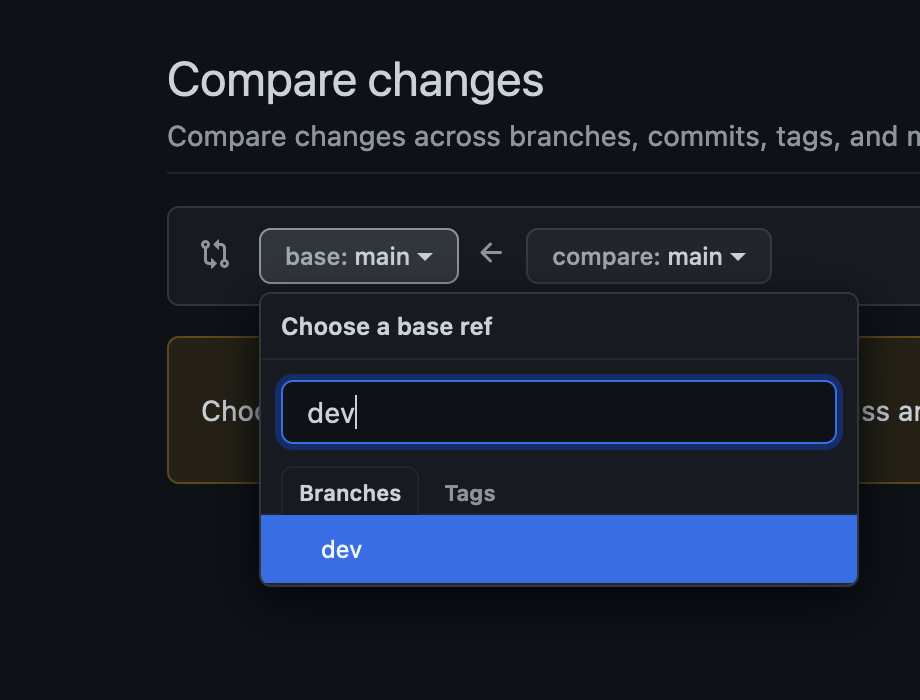Contributing
On this page
Contributing to Remix
Thanks for contributing, you rock!
When it comes to open source, there are many different kinds of contributions that can be made, all of which are valuable. Here are a few guidelines that should help you as you prepare your contribution.
Contributor License Agreement
If you'd like to contribute something—whether it's a bug fix to scratch your own itch or a typo in the docs—we'd be happy to have your contribution. We need you to "sign" a contributor license agreement (CLA) first that assigns us ownership so we are able to include it in this software.
When you start a pull request, the remix-cla-bot will prompt you to review the CLA and sign it by adding your name to contributors.yml.
Setup
Before you can contribute to the codebase, you will need to fork the repo. This will look a bit different depending on what type of contribution you are making:
- All new features, bug-fixes, or anything that touches
remixcode should be branched off of and merged into thedevbranch - Changes that only touch documentation can be branched off of and merged into the
mainbranch
The following steps will get you setup to contribute changes to this repo:
-
Fork the repo (click the Fork button at the top right of this page)
-
Clone your fork locally
# in a terminal, cd to parent directory where you want your clone to be, then git clone https://github.com/<your_github_username>/remix.git cd remix # if you are making *any* code changes, make sure to checkout the dev branch git checkout dev -
Install dependencies and build. Remix uses
yarn(version 1), so you should too. If you install usingnpm, unnecessarypackage-lock.jsonfiles will be generated.
Think You Found a Bug?
Please send a PR with a failing test. It's really easy if you follow the instructions in integration/bug-report-test.ts
Proposing New or Changed API?
Before you put in the work to add your feature and send a pull request, please open a GitHub Discussion so we can get on the same page and give a thumbs up or thumbs down on it. We'd hate for you to spend a bunch of time on something we ultimately don't want to add to Remix!
But hey, who are we to tell you how to spend your time? Go ahead and build the feature if you want if it helps the discussion, but please don't be upset if we don't end up merging it :)
Issue Not Getting Attention?
If you need a bug fixed and nobody is fixing it, your best bet is to provide a fix for it and make a pull request. Open source code belongs to all of us, and it's all of our responsibility to push it forward.
Making a Pull Request?
Important: When creating the PR in GitHub, make sure that you set the base to the correct branch. If you are submitting a PR that touches any code, this should be the
devbranch. Pull requests that only change documentation can be merged intomain.You can set the base in GitHub when authoring the PR with the dropdown below the "Compare changes" heading:

Tests
All commits that fix bugs or add features need a test.
<blink>Do not merge code without tests!</blink>
Docs + Examples
All commits that change or add to the API must be done in a pull request that also updates all relevant examples and docs.
Development
Packages
Remix uses a monorepo to host code for multiple packages. These packages live in the packages directory.
We use Yarn workspaces to manage installation of dependencies and running various scripts. To get everything installed, make sure you have Yarn (version 1) installed, and then run yarn or yarn install from the repo root.
Building
Running yarn build from the root directory will run the build.
Testing
Before running the tests, you need to run a build. After you build, running yarn test from the root directory will run every package's tests. If you want to run tests for a specific package, use yarn test --selectProjects <display-name>:
# Test all packages
yarn test
# Test only @remix-run/express
yarn test --selectProjects express
Repository Branching
This repo maintains separate branches for different purposes. They will look something like this:
- main > the most recent release and current docs
- dev > code under active development between stable releases
There may be other branches for various features and experimentation, but all of the magic happens from these branches.